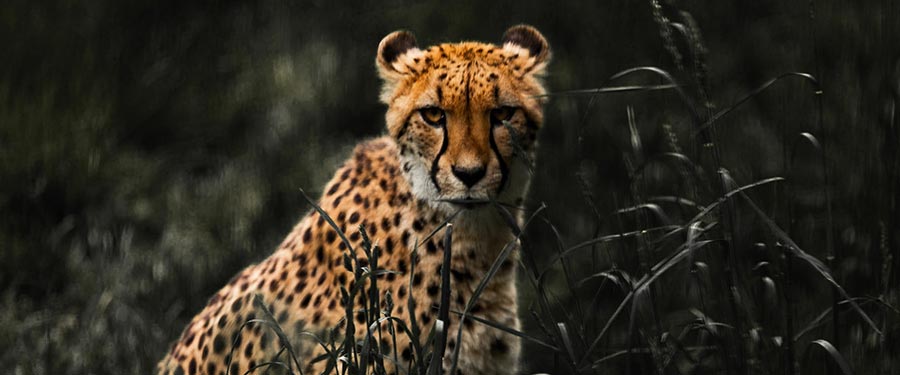The African cheetah (Acinonyx jubatus) is the world’s fastest land mammal. It has numerous physiological adaptations that allow it to reach speeds over 100 km/hr including elongated legs, slim aerodynamic skull, enlarged adrenal glands, liver and heart, and semi-retractable claws that grip the earth.
Modern cheetahs range across eastern and southern Africa, with a small population in Iran. But their numbers are declining and there are now less than 10,000 in the wild. This is a drop of 90 percent in the past 100 years. This decline in numbers is mostly due to loss of habitat, illegal trade by hunters, conflict with farmers and road accidents. They are considered highly endangered by wildlife authorities and governments.
An international team of researchers led by Stephen O’Brien, of the Theodosius Dobzhansky Centre for Genome Bioinformatics at St.Petersburg State University, and including members of the Beijing Genomics Institute and the Cheetah Conservation Fund (CCF) have recently sequenced the genome from a male Namibian cheetah and six other wild cheetahs from Tanzania and Namibia. Results revealed the modern African cheetah genome shows poor genetic variation. In fact the genetic variation seen in the cheetahs genome is far below that seen in inbred cats and inbred dogs. The cheetah has lost 90 to 99 percent of the genetic variation typically seen in outbred mammals. This loss of genetic variation has led to elevated rates of juvenile mortality, extreme abnormalities in sperm development and increased vulnerability to infectious diseases. All contributing factors to its endangered status. Loss of genetic variation in modern cheetahs is believed to have resulted from two population bottlenecks over tens of thousands of years.
Laurie Marker, the executive director of the CCF and co-author of this study, said “Sequencing the cheetah genome illuminates our understanding of the species’ evolutionary past and aids us in efforts to sustain and increase cheetah populations in their present and former range. By understanding the history of the species’ migration, its population bottlenecks and lack of genetic diversity, scientists and conservationists can work together to develop informed strategies to protect the species.”
Despite poor genetic diversity and other environmental factors, the cheetah is surviving, albeit precariously. It is one of nature’s great survivors.
– Vickie Flint PhD

